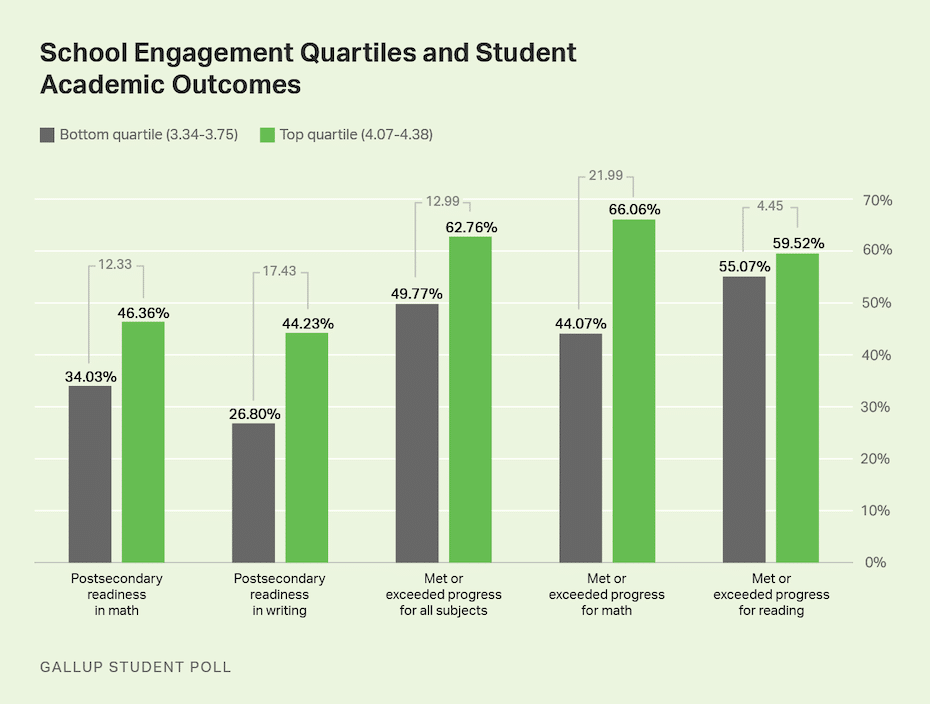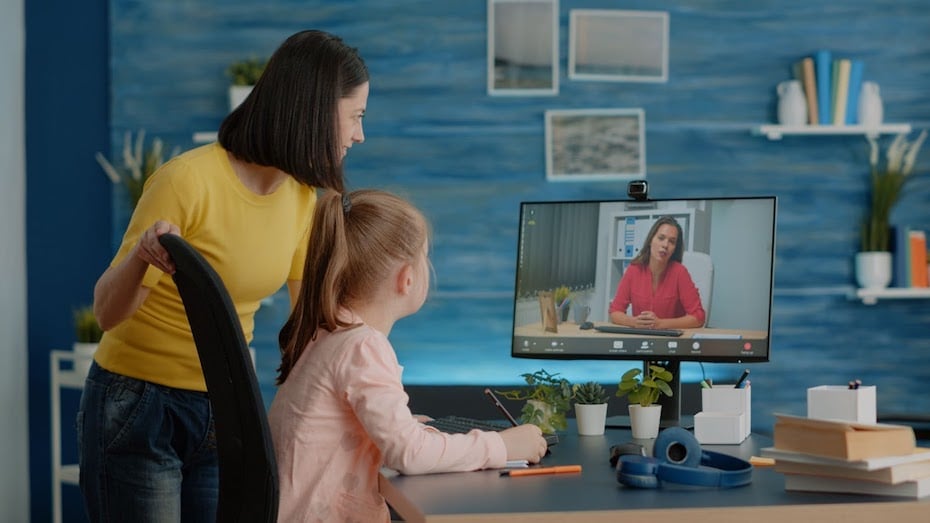- Being active participants in their educational experience helps students succeed at school.
- Acknowledging student and parent voice creates an environment conducive to real learning.
- Choosing the right communication tools helps to foster student and parent engagement.
What does it mean to have a voice in your own education? For children and their families, being active participants in their educational experience can mean that they are better able to articulate their needs and succeed in school.
However, it can be a challenge to facilitate family and student participation in school. How can you ensure that the student voice and parent voice in education are heard clearly and become a force that shapes your school’s learning environment?
What is student voice?
Respecting students’ voices is key to a successful classroom and school. While students are the ones who are in the educational system, they have historically had little ability to shape the way that their education occurs.
When you listen to students and take their feedback seriously, this fosters a positive relationship between students and the school. Decisions that occur at school should occur with student and family feedback. This improves the students’ experience and reduces confusion and frustration with the education system.
Student voice can involve:
- Giving students the ability to shape what they learn
- Helping students shape how they learn
- Allowing students to help determine how their learning is assessed
For instance, students may be interested in having more hands-on learning opportunities at school. A school that learns from the student voice will take this into consideration and provide a diverse array of learning opportunities for students.
The impacts of acknowledging student voice
There are many positive impacts that occur when students’ voices are not only acknowledged but become part of the core of what shapes the school environment. Students feel:
- Valued, because their voices have been heard and used to shape future learning
- Thoughtful, because they are able to contribute to shaping their learning environment
- Attentive, because they are able to learn in ways that suit their specific learning needs
- Engaged, because they can shape their own meaningful learning experiences
That is the kind of learning environment that students want to attend and parents want to have for their children.
Schools can teach students how to use their voices
From writing assignments to the debate club, students are often asked to articulate their thoughts and feelings. Often, though, these debates may be on topics that aren’t currently relevant to the students’ lives. Instead of creating abstract debate topics, teachers can also teach students to use their written and verbal communication skills to shape their school communities and educational experiences.
Academic engagement soars when you integrate student voice
According to American Progress, by high school, only one-third of students report being engaged in their learning. This is a huge missed opportunity. Engaged learners are able to authentically connect with the material, their peers, and their teachers. They are better able to apply what they learn and use it to contribute to the society around them.
By encouraging students to express their ideas regarding their education, you foster a sense of community and help engage students. Engagement, in turn, leads to better academic performance. A Gallup survey of 110,000 students in 128 schools found that schools in the top quartile of student engagement had significantly more students exceeding and meeting proficiency requirements than schools in the bottom quartile of engagement.

Source: Gallup
Give students the ability to shape their community
One of students’ first communities is their educational institutions. For young students, school can feel large and scary. For older students, it can feel immovable. When students become active participants in shaping their school communities, they feel a sense of agency in their community. This is good for the students and their community at the time, and it is also a core lesson for those students. They discover that they are able to become changemakers. When adults value students’ voices, students become stronger community members who feel that they can change what is around them, not only for their benefit but for the benefit of all students, families, and teachers.
Honoring student voice honors underrepresented communities
Engagement is also key to keeping Black, Latinx, Native American, and low-income students in school. When students have the opportunity to shape everything from the design of their school to the content of their education, they thrive and contribute to the success of their families and communities. Increasing student engagement can contribute to increased social equality.
The role of the parent voice in education
For all students, parental involvement in a child’s education is a key contributing factor to student success. When parents are actively involved in their children’s education, they can help articulate students’ needs and provide a family perspective on what students require in their education. However, parents are busy people, juggling work and family life, and they often have children in multiple schools. For parents, ease of communication and school involvement helps solicit and integrate parents’ voices at school. If it’s not straightforward to articulate their family’s needs, many parents won’t participate.

Is your school integrating student and parent voices?
If your school is working hard to increase parental involvement and trying to create learning opportunities that truly engage students, then you need the tools to support you in this effort. All too often, attempts to communicate effectively with students are stymied due to barriers that students and parents experience. These barriers include:
- Meetings that occur at inconvenient times for parents.
- The wrong type of communication mode (some parents prefer to connect by messaging, others like video conferencing, and still others might want to hop on a phone call).
- Resources that are difficult to access, such as paper forms rather than online information.
- A lack of diverse opportunities for students and parents to get involved.
Addressing barriers to communication
With new technologies such as cloud-based communications systems, your school can become a hub for student and parent voices, increasing student and parent engagement. A cloud-based communications hub can diversify the ways that you communicate with students and parents.
Communications technologies like RingCentral offer many different communications options for different parent and student needs, such as:
- Video lessons and communication
- Text messages
- Chat
- Mobile-accessible files
- Online lessons and class materials
- Online polls
- Accessibility support features for those who need them
A centralized, cloud-based communications system can also offer ongoing reports so that you can gather insights from students and parents much more quickly than you would with paper forms.
Enable ease of communication
Teachers and administrators are always pressed for time. With a cloud-based communications system, administrators and teachers don’t need to reinvent tools to communicate with diverse students and parents. Those tools are already present within the system. All of the information you need to send out and all of the information that you need to collect are in a single location. That way, you can focus on supporting student and family engagement and learning from it, rather than setting up technological infrastructure.
Student and parent engagement are essential, yet under-resourced. Improve your ability to connect with students and parents with a powerful communications solution. With RingCentral, you have the tools to integrate student and parent voices in education. See how it works today.
Originally published Jun 30, 2022





